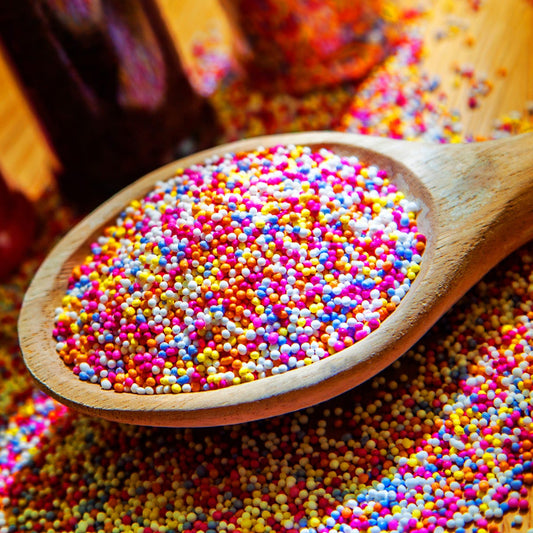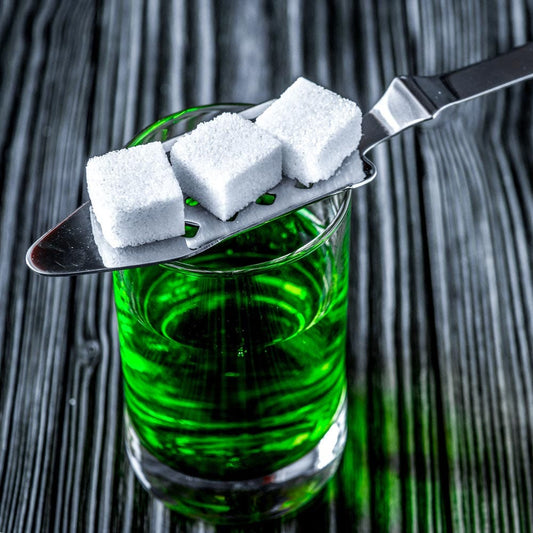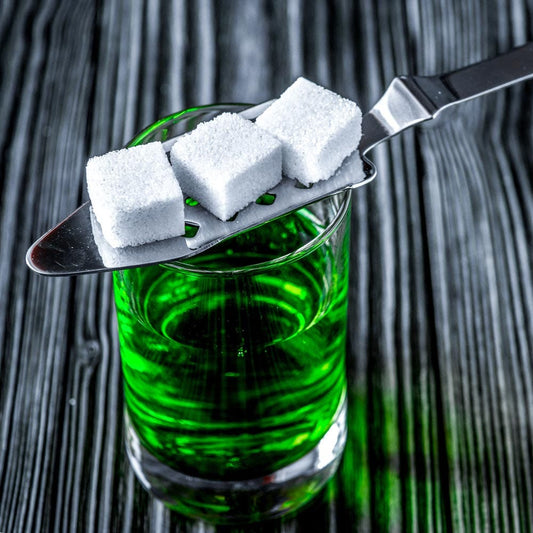Cracking Defects: Tips, Tricks & Remedies
Struggling with cracking defects? Educate yourself for your best shot at conquering pesky cracking.
Cracking and Other Surface Defects (On Container Soy Wax Candles)
With so many variables in candle making it's no surprise we receive so many questions related to differences between batches of candles. Some of the more common questions relate to: varying types of dye or colour, different types of fragrance, different percentages of fragrance used, the many different types of vessels, i.e., glassware, ceramics, tins, et cetera (all with differing thicknesses and properties), and lastly, one of the most important variables, temperature.
Temperature is Important
Temperature is one of the most important variables in candle making, both the temperature you pour at and the room temperature in which your candle will set and harden. For this reason, it's important to keep good notes and document each batch of candles you pour so you can easily replicate a good batch again or allow you to troubleshoot as to why a particular batch of candles did not turn out as well as a previous one. It's impossible for us to advise you of an exact pouring temperature which will give you a perfect result every time.
People live in varying climates throughout Australia with large seasonal variations in temperature and large variations in daytime temperature to night-time temperatures. Everyone has differing requirements and will use different amounts of colour and fragrance for their own specific needs. What we can do, though, is attempt to give you an understanding of how to conduct your own testing so that for your own conditions and your own formulations you can achieve a good result. If you are experiencing any problems with your surface finish such as cracking from the centre to the outside or any holes, then you may need to establish a different technique for your manufacturing.

Testing Best Pouring Temperatures
A good example would be to prepare five candles ready for filling. Heat your Soy Wax container blend. Then mix in your colour and fragrance to your desired ratios. As soon as your wax is at 75°C pour the first candle. Also note the temperature in the room. Then allow the wax to cool to 70°C and then mix again and pour the second candle. Continue this until you pour the last candle at 55°C. Allow the candles to set overnight. This will give you a very good indication of any changes the pouring temperature may be having on your surface finish.
Important Notes
In colder months it's generally necessary to increase your pouring temperature due to the bigger differential in temperature between the wax, the colder vessel and the room temperature. Also keep in mind the above test is valid for only one room temperature. If you conduct this test in the morning and your candles sit all day around 20°C, then your results will be different if you poured your candles at night and let them cool during the colder hours of the evening. A good example of this is that people pouring candles inside in a temperature-controlled environment rarely notice any differences in their candles from batch to batch at different times of the year. However, people who make candles in a shed or warehouse tend to notice differences from summer to winter and must vary their pouring temperature. It may also be possible or necessary to go further than this.
People do find they have to preheat their glasses to obtain a better result, say, in winter. This could be done with a hot air gun, hair dryer or even placing them in the oven first. This reduces the temperature differential between the wax and glass when it's poured. It's also a technique used to reduce or eliminate 'container adhesion' which is varying appearances on the side of a glass whereby the wax has stuck in some spots and pulled away in others.
Still Experiencing Issues?
Go back to basics in the sense you need to pour the candle first with no colour or fragrance, just plain wax, and assess the results. It could potentially be caused by a particular colour or fragrance combination. By isolating whether it's the colour or fragrance there may be an alternative you can select, or a different technique used with that particular combination. This technique of pouring just the wax on its own is sometimes used when testing wicks to obtain the closest matching wick possible before adding in fragrance and colour. This is discussed more in our wick guide.
Remember that even soy container wax does shrink a little. Although nothing like the pillar waxes which are designed to shrink to come out of moulds, you do get some shrinkage still and for this reason you may see some shrinkage in the centre of your candles or around the wicks. This is perfectly normal. Don't be alarmed if your candle top is not a perfectly flat surface. Even some of the most expensive imported candles will still have this effect with natural waxes.
DISCLAIMER
Website Disclaimer: References to other sites are provided as an information service only and should not be construed as an endorsement of any organisation or product. Conversely, omissions should not be construed as non-endorsement. Although care has been taken to provide links to suitable material from this site, no guarantee can be given about the suitability, completeness or accuracy of any of the material that this site may be linked to or other material on the Internet. Eroma Wholesale Pty Ltd will not accept any responsibility for the content of material that may be encountered.
General Disclaimer: While every effort has been made to ensure accuracy and completeness, no guarantee is given nor responsibility taken by Eroma Wholesale Pty Ltd for errors or omissions in this information and Eroma Wholesale Pty Ltd does not accept responsibility in respect of any information or advice given in relation to or as a consequence of anything contained above. The above information is issued by Eroma Wholesale Pty Ltd for guidance only and we acknowledge that other important precautions may be applicable and that are not contained in this document. Therefore we take no liability for the information contained above in any way, shape or form and we recommend that you seek further information from the relevant authority.









